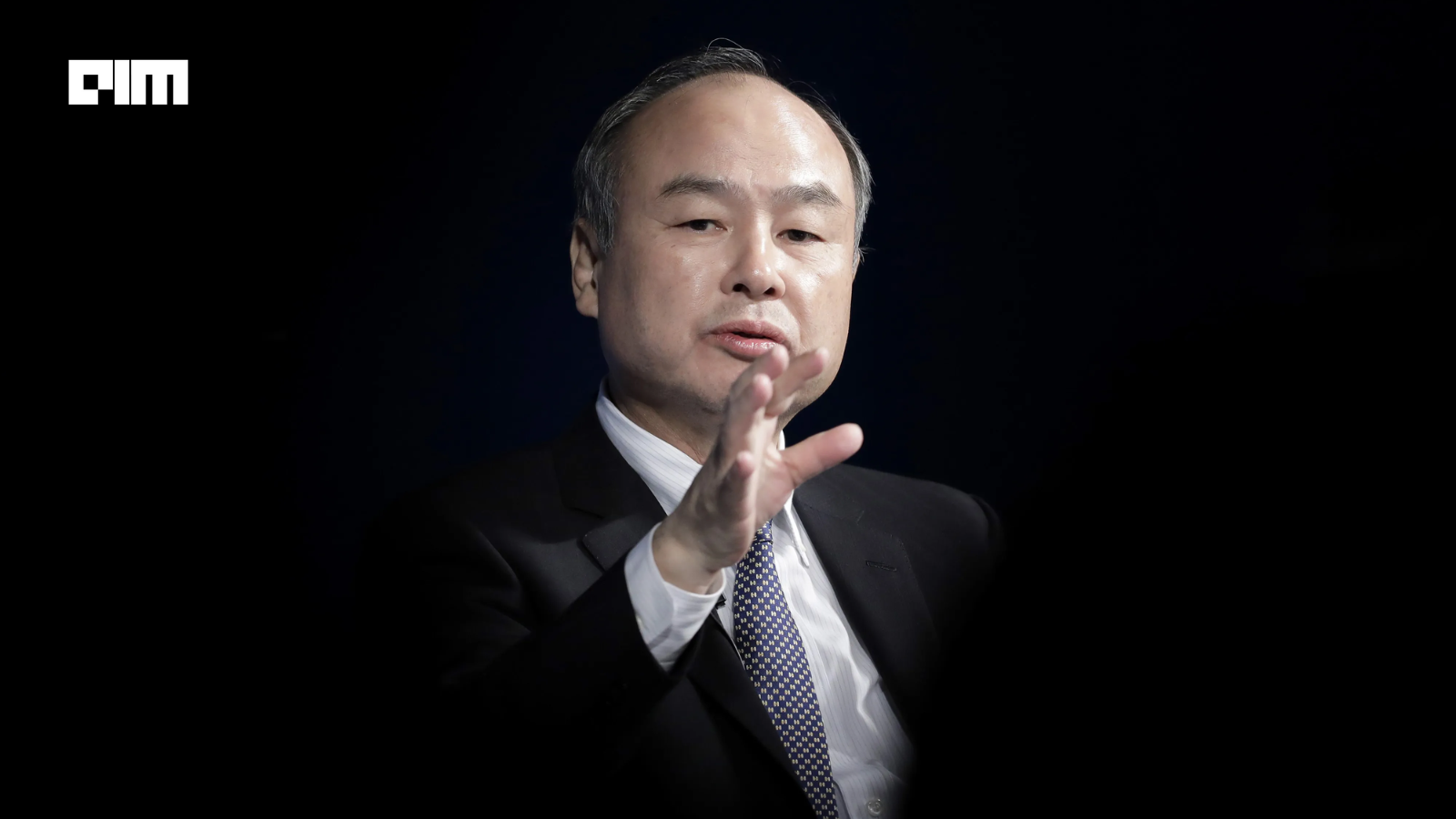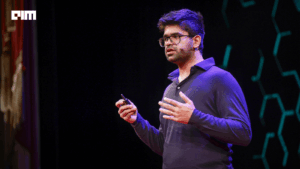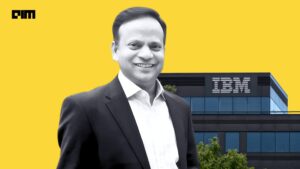Masayoshi Son has built a career on splashy, high-visibility wagers. His $2 billion purchase of roughly 2% of Intel is another example: it looks like a vote of confidence, but it changes little about the company’s hard problems. The deal supplies capital and publicity, not governance or the operational muscle Intel needs.
SoftBank’s financial position shapes how investors read these moves. The group has relied heavily on asset sales, most notably its steady selldown of Alibaba, to fund stock buybacks and reduce leverage. That has kept its share price supported but also limited flexibility for longer-term bets. With gross debt still high and cash largely tied to maintaining balance-sheet stability, a $2 billion equity stake in Intel looks more like a signaling device than a carefully timed strategic allocation. It allows Son to demonstrate activity in semiconductors without stretching SoftBank’s balance sheet further into high-risk ventures.
Markets made that distinction at once. Intel’s shares popped on the announcement while SoftBank’s fell, suggesting traders saw a short-term sentiment play rather than a strategic rescue. The purchase carries no board seat, no procurement commitments and no hands-on role in turning around manufacturing yields or roadmaps: the areas where Intel’s troubles are most acute.
Intel’s troubles are specific and costly. The company posted an $18.8 billion loss in 2024, its first annual loss since 1986, and has been wrestling with delayed, expensive fabs and weak traction for its GPU business in the fast-moving AI market. Nvidia’s lead in data-center GPUs is large, widely reported at more than 80% market share for training and inference, and contract manufacturers such as TSMC and Samsung remain ahead on advanced nodes. Equity alone won’t speed up yields or fix node roadmaps; those are engineering and manufacturing problems that take time and consistent execution.
SoftBank’s recent record frames how this move looks. The group returned to profit in the year ended March, reporting about ¥1.15 trillion (roughly $7.8 billion), helped by gains in listed assets and selective exits, but that recovery sits atop a history of big Vision Fund write-downs and volatile quarters. The balance sheet still carries elevated leverage: Reuters’s company data shows material debt on SoftBank’s books, underscoring why observers read headline investments as signals as much as capital allocates. In other words, a large check can reassure markets without being a carefully targeted operational investment.
That pattern plays out in SoftBank’s AI and chip portfolio. The group acquired Graphcore after the British AI-chip maker cut staff and scaled back. SambaNova trimmed headcount as it refocused its business. SenseTime, a high-profile facial-recognition play once in SoftBank’s orbit, was hurt by U.S. sanctions and later reduced in SoftBank’s holdings. Arm’s public debut brought cash, but its IPO valuation fell short of early promises. Those outcomes reinforce the idea that attention and big sums have not always translated into durable market follow-through.
A vote of confidence, not a plan
Analysts and commentators have largely described the Intel stake as sentiment-support rather than a hands-on turnaround plan. Coverage noted the absence of operational commitments or governance leverage that would be required to influence fabrication timelines or win large data-center contracts. The conversation in Washington complicated the picture: multiple outlets reported the U.S. government is weighing options to stabilize Intel, including talks about converting some CHIPS Act funds into an equity stake of roughly 10%, an idea that would represent a very different kind of commitment than a private, passive investor’s purchase. That debate highlights the limits of private capital when the goal is durable, sovereign-level chip capacity.
Perceptions of Son himself have shifted over the past decade. In the early 2010s he was praised for his prescience, especially for SoftBank’s early and lucrative stake in Alibaba. That reputation has since been tempered by high-profile stumbles. The collapse of WeWork and a series of Vision Fund markdowns made investors more skeptical of his judgment.
Put together, the move is reminiscent of Son’s recent strategy: write large checks that create headlines and temporarily calm markets, while leaving the slow, technical work of manufacturing, product roadmaps and customer wins to others. If Intel finally executes, hitting process milestones, winning long-term data-center commitments and improving fab yields, the stake will look prescient. If not, it will be another reminder that visibility and capital do not substitute for the years of steady engineering and industrial policy it takes to rebuild a foundry business.











